Android phones are more vulnerable to security threats than any other type of phone. There are some reasons for this, including the fact that Android is an open-source operating system and many Android devices are in use. But there are some technical issues with securing an Android phone.
Android phones risk security threats, including malware, viruses, and hacking. Malware apps are designed to damage or disable a computer system. Viruses are programs that replicate themselves and spread from one device to another. Hacking is the most common way to damage an Android Phone.
What is Hacking?
Before discussing let me tell what is hacking? Hacking on Android is gaining unauthorized access to Android devices, such as phones, tablets, and wearable devices. Android devices are inherently more vulnerable to hacking than other types of devices. They are based on the Linux operating system, which is open-source and accessible to anyone.
Android devices are also often used for high-value activities such as online banking and shopping, which makes them attractive targets for hackers. There are various ways to hack an Android device, including using malicious apps, exploiting vulnerabilities in the Android operating system, and phishing attacks.
Hacking Android devices is a serious problem, as it can lead to the theft of personal and financial data and even the ability to control the device remotely. There are many ways to protect your device from being hacked. Such as keeping it updated with the latest security patches, using a secure lock screen, and only installing apps from trusted sources.
The Best 10 Ways to Secure Android Phone
If you’re like most people, your Android phone is one of your most-used pieces of technology. It’s your connection to the outside world, your assistant, and your entertainment center. So it’s essential to make sure it’s as secure as possible. Here are some of the best ways to do that:
1. Use a Strong Password on the Lock Screen
A strong password is a key to keeping your information safe on your lock screen. With Some letters, numbers, and symbols, you can make it harder for someone to guess your password. Here are some suggestions for creating a strong password:
- A strong password is at least 6-8 characters long.
- Includes a mix of Capital or small letters, numbers, and symbols.
- You should never use a dictionary word or easily guessed number as your password.
Suppose your phone has a fingerprint sensor or iris scanner. In that case, you can use that as an extra layer of security for your password. Even if someone knows your password, they’ll still need your fingerprint or iris to unlock your phone. Of course, a strong password is only helpful if you keep it to yourself. Don’t write down your password or share it with anyone else. And if you think someone else might know your password, change it as soon as possible. 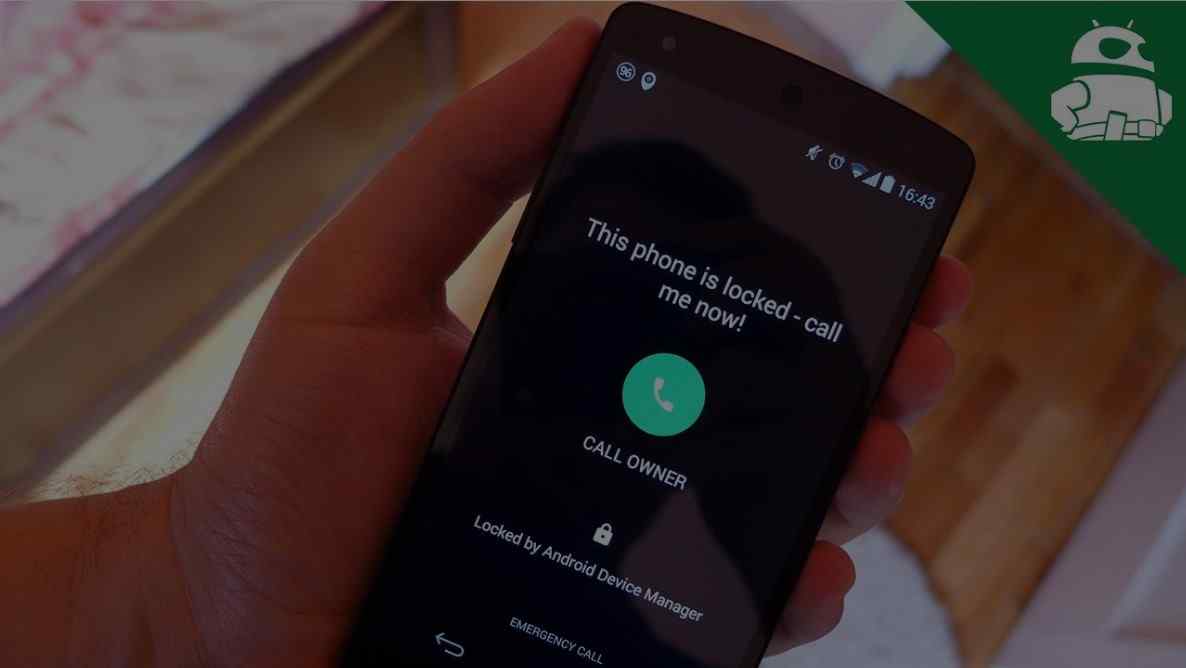
2. Keep Your OS Updated to secure Android phone
One of the most important things you can do to keep your Android device secure is to ensure your operating system is up to date. Each new version of Android includes security improvements, so it’s important to install updates as soon as they’re available.
To check for system updates on your Android device:
- Open your device’s Settings app.
- Click System.
- Click Advanced.
- Click System Update.
If you don’t see “Advanced,” you’re using an older Android version. Update your android system as soon as possible. If you see a message that says, ” There are No updates available,” your device is up to date. Once you’ve checked for updates, you can download and install them by following the on-screen instructions.
Overall, it’s essential to keep your Android device updated. You can protect your device from the latest threats by installing security patches and updates. So, set your device to automatically download and install updates and check for updates periodically. 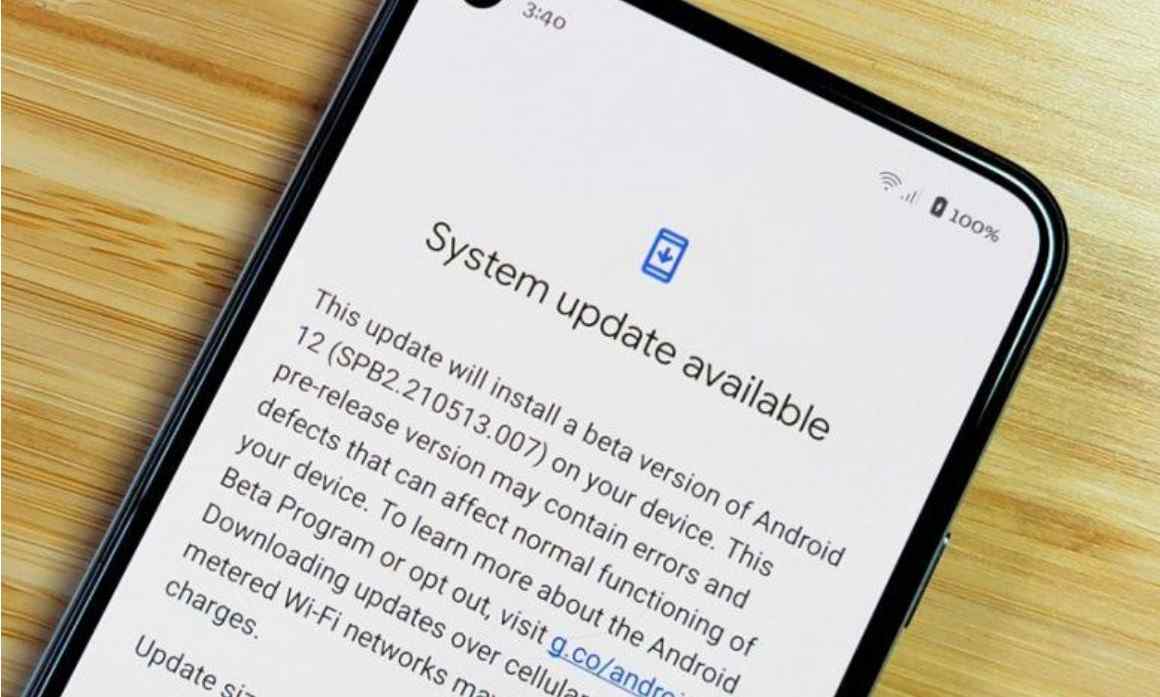
3. Use Two Factor Authentication
Two-factor authentication is a security layer requiring your password and the second form of identification. Such as a fingerprint, iris scan, or PIN. With two-factor authentication turned on, even if someone knows your password, they won’t be able to access your device or data. 
There are a few different ways to set up two-factor authentication on Android. One popular method is to use an app like Google Authenticator or Authy. These apps generate a unique code you’ll need to enter in addition to your password when logging in.
Adding two-factor authentication to your device will help to keep your data safe and secure. Hackers will have more difficulty accessing your account if they don’t have your second code. Even if they can get your password or pin, they will still be locked out of your account without the second code.
4. Don’t use Public Wi-Fi
Many dangers come with using public Wi-Fi, and you need to be aware of them. One of the biggest dangers of using public Wi-Fi is that it is often insecure. This means that anyone can connect to it and eavesdrop on your traffic. This can lead to all sorts of problems, from someone stealing your passwords to them being able to access sensitive information on your device. 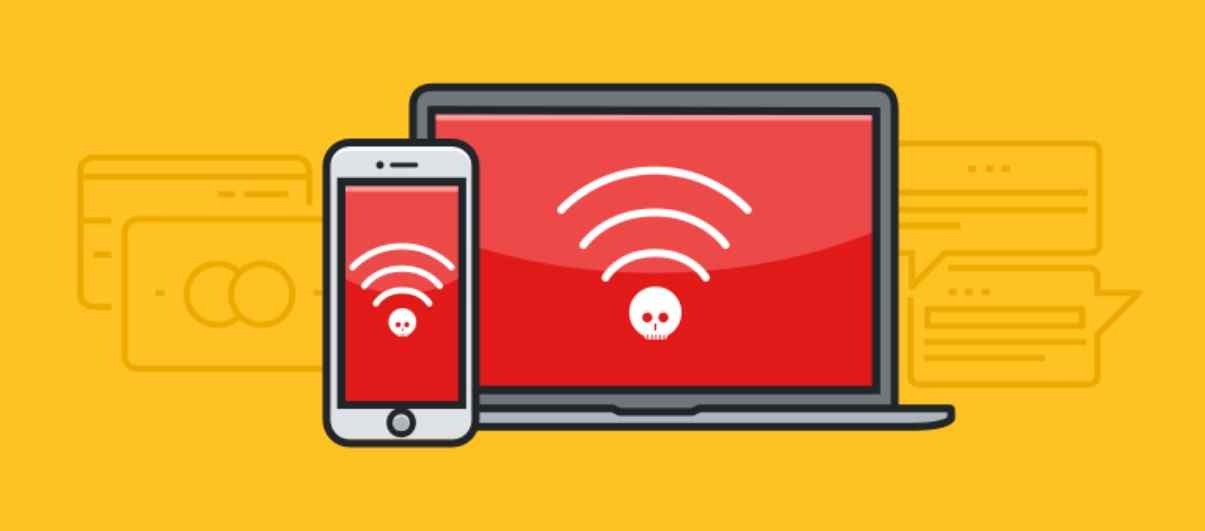
Another danger of using public Wi-Fi is that you can easily connect to malicious networks. These networks can spoof legitimate networks, and once you connect to them, they can do nasty things to your device. They can install malware, steal your data, or even disrupt your device’s performance.
So, take precautions if you use public Wi-Fi on your Android device.
- Only connect to networks that you trust.
- Use a VPN to encrypt your traffic if you are on public Wi-Fi.
With these precautions, you can minimize the risks of using public Wi-Fi and ensure the safety of your Android.
5. Be Careful While Installing Apps
If you are an Android user, you must be careful while installing apps on your device. There are many malicious apps out there that can cause harm to your device or even steal your personal information. Some apps may request permission to access sensitive phone data, such as your contacts or location. So you should only grant these permissions to the apps you trust. 
You can do a few things to protect yourself from these malicious apps.
- Only download apps from trusted sources such as the Google Play Store.
- Please read the reviews of an app before downloading it. This will give you a clear idea of what other users think of the app and whether or not to use it.
- Pay attention to the permissions an app is asking for. If an app asks for permissions that it doesn’t need, it is likely a malicious app.
These tips can protect you from malicious apps and keep your Android device safe. You can also report an app to the Google Play Store.
6. Don’t Allow Suspicious Permissions to secure Android phone
When you download and install an app on your Android phone, you’re giving that app a lot of power. Those include watching your every move, reading your private texts and emails, making phone calls, and sending texts on your behalf. That’s why paying attention to the permissions you’re granting to each app is important.
For example, if you’re installing a simple game, it probably doesn’t need access to your location or your microphone. But suppose you’re installing a new messaging app. In that case, it’s going to need access to your contacts and your text messages so it can work properly.
Pay attention to the permissions you grant to each app, and only grant the necessary ones. You can be sure that your privacy is respected and that you’re not accidentally giving away too much information to a malicious app. With Android 6.0 and up, you can decide whether to grant an app permission, even after installing it.
7. Be Aware of Email Attachments from Unknown Senders
Most Android devices have installed an email client, and many people use email attachments daily without problems. However, users should know the potential risks of opening email attachments on Android devices. 
- Always check the file type of any attachment before you open it. Some malicious files can masquerade as other harmless file types. If you need clarification on the file type, try to open it in a text editor like Notepad first. If the file looks gibberish, it’s probably not safe to open.
- Be aware that opening an email attachment can give the sender access to your device. If you receive an attachment from someone you don’t know or trust, it’s best not to open it.
- Remember that even if an attachment is safe, the email itself might not be. Be aware of any email that asks you to click on a link or to download a file, even if the email looks legitimate.
- Many phishing scams use fake emails to try and get you to download malware or give up personal information.
Overall, email attachments can be helpful, but they have some risks. It is, therefore, essential to be cautious when opening email attachments on your Android device.
8. Use Android’s Built-in Security Features
Android devices are built with several security features to help protect your device and data. One of these features is encryption, which keeps your data safe from unauthorized access. Most Android devices support full-disk encryption out of the box. This means that all the data on your device is automatically encrypted when you power it on. Once encrypted, this data can only be decrypted by providing the correct device credentials (usually a PIN, pattern, or password). 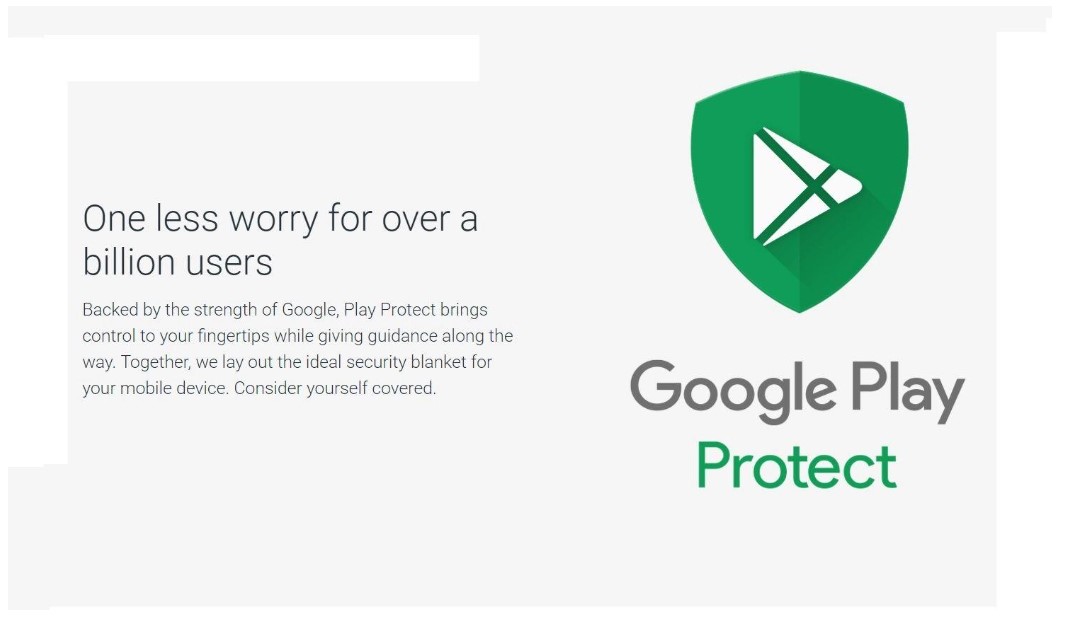
Another security feature is Play Protect, which helps scan and verify apps before installing them on your device. Google Play Protect is a security measure that Google has put in place to help keep Android users safe when downloading apps from the Google Play Store. When you download an app from the Google Play Store, Play Protect will scan it for malicious software and notify you if it finds anything suspicious. It will also run a safety check on any app you already have installed on your device and let you know if there are any concerns.
Keeping your device updated with the latest security patches is essential regardless of your security features. By doing so, you can help to protect your device against the latest security threats.
9. Backup Your Data Regularly
The “Backup your data” feature on Android is one of the most important features you can use to protect your important data. This feature allows you to back up your device data to a remote location so that you can restore it if something happens to your device. There are many ways to back up your data, and ensuring a backup plan is the most important. 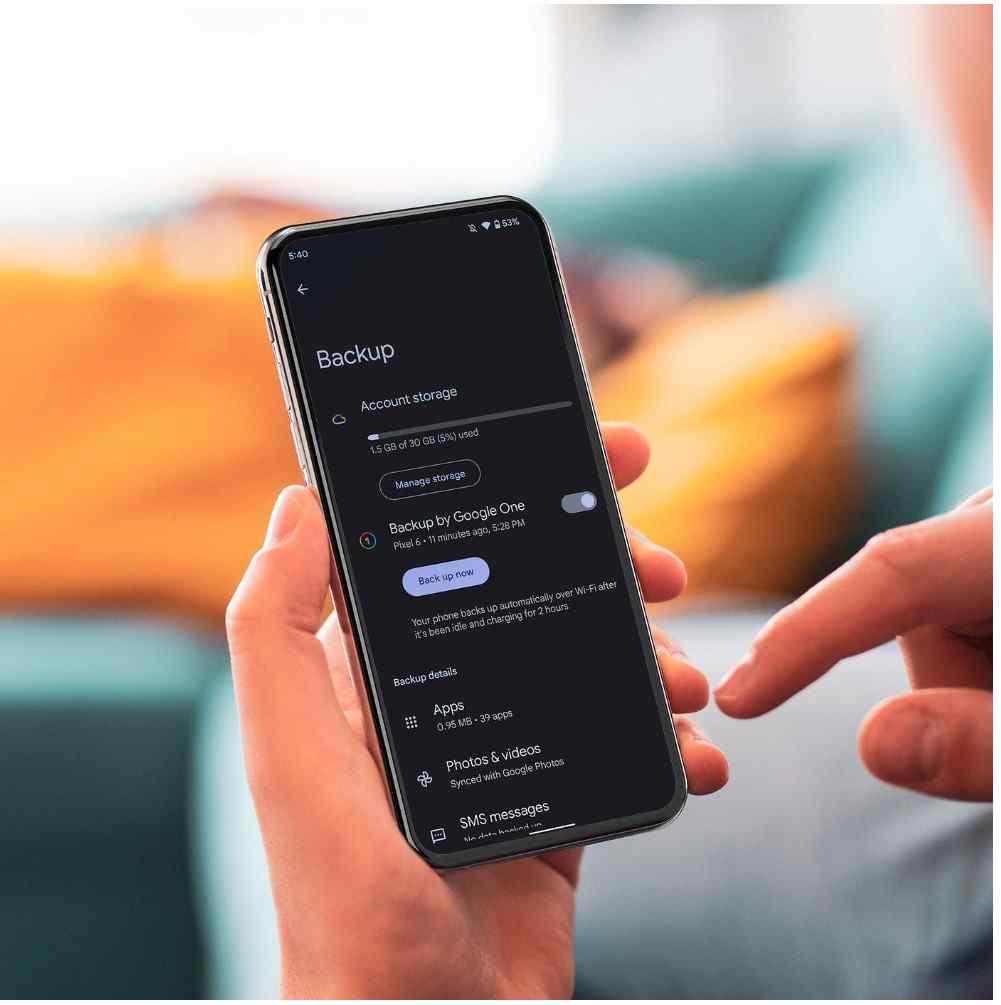
- The best way to backup your data is to use a service like Google Drive or Dropbox. These services allow you to store your data in the cloud to access it from any device with an internet connection.
- Another option is to use an external hard drive or USB drive to store your data. This option is good if you have a lot of data to back up.
Whatever method you choose, it is essential to make sure that you backup your device’s data regularly. If something happens to your device, you will have a copy of your important data.
10. Use a Third-Party Security App
There are many reasons to use third-party security apps on Android. For one, they can provide an extra layer of security beyond what is built into the operating system. They can also offer features not available in the stock Android system, such as tracking and blocking specific types of content. 
Third-party security apps can be handy for parents who want to control what their children can access on their devices. Some apps allow parents to set up filters and restrictions on their children’s devices. This can help to prevent them from accidentally stumbling across inappropriate content or accessing websites that are not suitable for them.
Of course, it is essential to remember that no security system is perfect. Even the best third-party security app can only wholly protect your device if you are careful about what you download and install. Always be sure only to download apps from trusted sources, and take the time to read reviews before installing anything new. You can help keep your device safe and secure with care and caution.
What happens when you secure your Android device?
When you secure Android phone, you create a barrier between your device and any potential threats. By doing so, you are protecting your device from being compromised by malware or other malicious software. In addition, securing your Android device can also help to prevent data loss if your device is lost or stolen.
Final Thought
Android devices are among the most secure devices in modern times. With features like Google Play Protect and regular security updates, Android devices are kept safe from the latest threats. In addition, Android devices come with various security features that can be further customized to meet your specific needs. Whether you’re looking for a basic level of security or the highest level possible, Android has you covered. And with the guidance in this article, you can secure Android phone to the maximum level.
That is all for today. Thanks.





